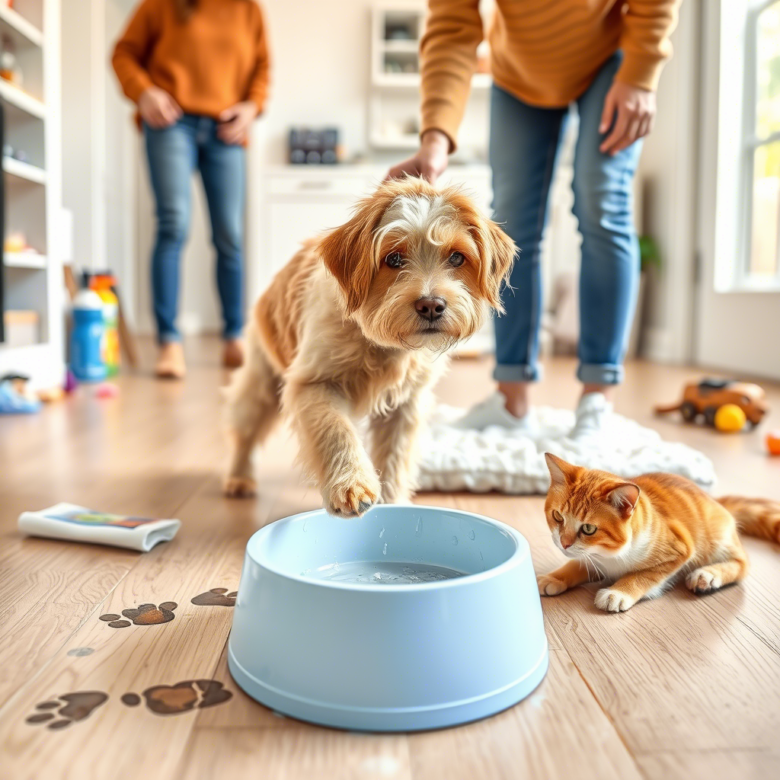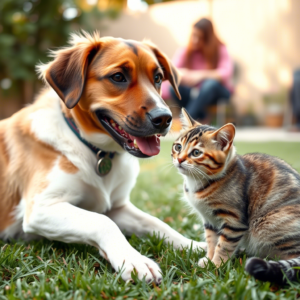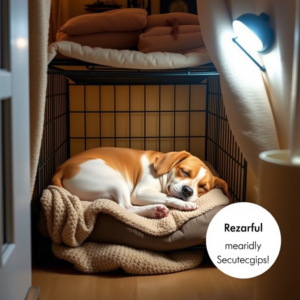Some pets love making a mess—spilling water, scattering food, or even knocking things over. While this behavior is often playful, it can be frustrating for pet owners. In this guide, we’ll explore why pets make a mess and how to manage it.
1. Understand Why Your Pet is Making a Mess
Pets don’t make a mess on purpose. Some common reasons include:
- Excitement: Pets may spill water or food when they’re happy.
- Boredom: Some pets knock things over for entertainment.
- Poor Bowl Placement: If food and water bowls are near a high-traffic area, spills are more likely.
- Hunting Instincts (for Cats): Cats sometimes “play” with their food before eating.
- Incorrect Bowl Size: Small bowls tip over easily, while large bowls may be hard to eat from.
2. Use Spill-Proof Bowls and Mats
Prevent messes with the right setup:
✔ Choose non-slip, weighted bowls that won’t tip over.
✔ Use a silicone or waterproof mat under food and water bowls.
✔ For dogs that drink too fast, try a slow water feeder.
3. Train Your Pet to Eat Neatly
- For dogs: Teach them a “wait” command before eating to reduce excitement.
- For cats: Try raised bowls to minimize mess.
- For both: Serve meals in a designated feeding area that’s easy to clean.
4. Keep Play Areas Organized
If your pet scatters toys everywhere:
- Store toys in baskets or storage bins.
- Rotate toys so they don’t lose interest.
- Encourage play in one area to contain the mess.
5. Clean Up Accidents Quickly
- Use enzyme-based cleaners to remove pet odors from spills.
- Keep a small vacuum handy for pet hair and litter messes.
- Wipe paws after walks to avoid dirty floors.
Final Thoughts
Messy pets are part of life, but with the right strategies, you can reduce the chaos. Small adjustments like using proper bowls, training, and keeping a routine can make a big difference.



